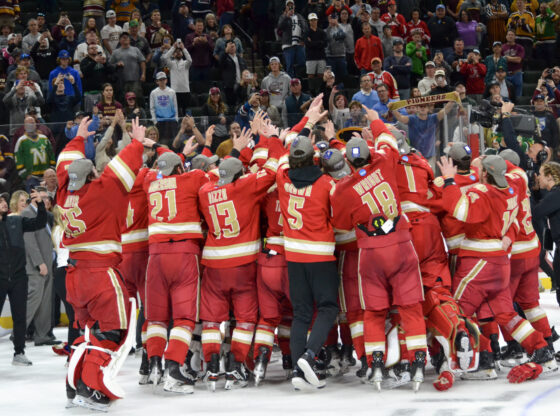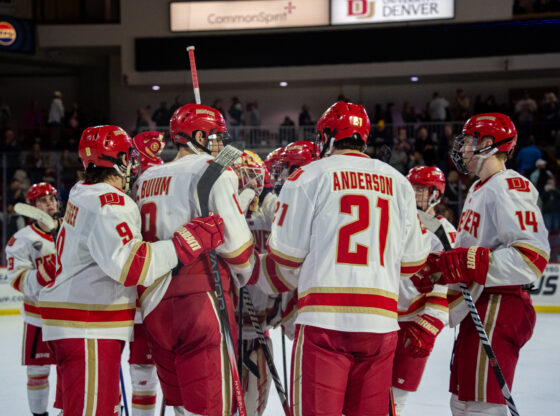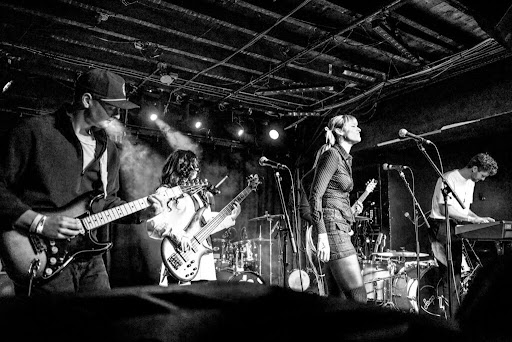Last year’s Netflix hit “Stranger Things” seemingly came out of nowhere to transport to an exceedingly pulpy yet beautifully human world where 80’s adventure, science-fiction and horror collided to create a homage unlike anything television had ever seen. It was a meticulously crafted love letter, one whose aesthetic was matched only by the strength of its fascinating characters the performances that defined them. The show’s one major problem was it relied perhaps a bit too heavily on homage; often it felt that the show had more to say, but was silenced by its propensity for reference and genre trappings. Luckily, “Stranger Things 2,” the new season billed like a blockbuster sequel, wisely begins to abandon this system in order to explore what really lies at its heart.
Set a year after the events of the previous season, this new iteration opens around the anniversary of Will Byers’ (Noah Schnapp, “The Peanuts Movie”) disappearance, and things are feeling somber in the characters’ home of Hawkins, Indiana. Those involved with saving Will are still quietly suffering from the trauma of their battle with the Upside-Down; Mike’s (Finn Wolfhard, “It”) longing for the return of his psionic love interest Eleven (Millie Bobby Brown) is making him lash out, his sister Nancy (Natalia Dyer, “Hannah Montana: The Movie”) still mourns for the loss of her beloved friend Barb and Will’s mother Joyce (Winona Ryder, “Beetlejuice”) and police chief Jim Hopper (David Harbour, “Revolutionary Road”) can’t shake their paranoia that a storm is brewing. Most importantly, Will is haunted by visions of a growing force in the Upside-Down and increasingly begins to lose his grip on his reality as Joyce and Hopper’s fears begin to become true.
This season takes a lot of risks, and overall it succeeds marvelously. The feeling of the show itself is distinctly different; while it’s still one of the most wildly entertaining shows we’ve seen in some time, there is a quiet ache to the proceedings that sets it apart from the first season. While some criticized the first season for lacking any real portrayal of the effects of trauma, particularly in relation to Barb’s death, this season’s slow pacing allows its characters to take time to sift through and expose their true feelings. The show has a lot to say about how trauma can take away everything from us; and also how it can bond us together. While it isn’t an entirely successful choice to separate this deeply interesting ensemble of characters for such long periods of time (Eleven’s highly touted return is in particular a weak point of the season), it does give the characters the opportunity to move beyond tropes and develop as complex individuals. Then, when they are at their strongest, they reunite to fight against not just the monsters, but their own emotional pain. It’s a poignant, if overly patient, pace that proves the show is often more intelligent than it lets on.
New additions to the show, including 80’s mainstays like Paul Reiser (“Aliens”) and Sean Astin (“The Lord of the Rings”) bring a lot to the already impressive collection of characters, who again offer the most compelling performances on television. While Reiser and Astin are fun to watch, the returning child cast members continue to steal the show, especially Gaten Matarazzo, who shines once again as the endlessly lovable and compelling Dustin. Schnapp, who had only a small role in the first season, runs away with it in his now series regular role, bringing the appropriate amount of fear and pain to the role of boy constantly plagued by visions of another dimension. These are only small slices of a uniformly fine cast, who not only bring the strangeness of “Stranger Things” to life, but its humanist soul as well.











